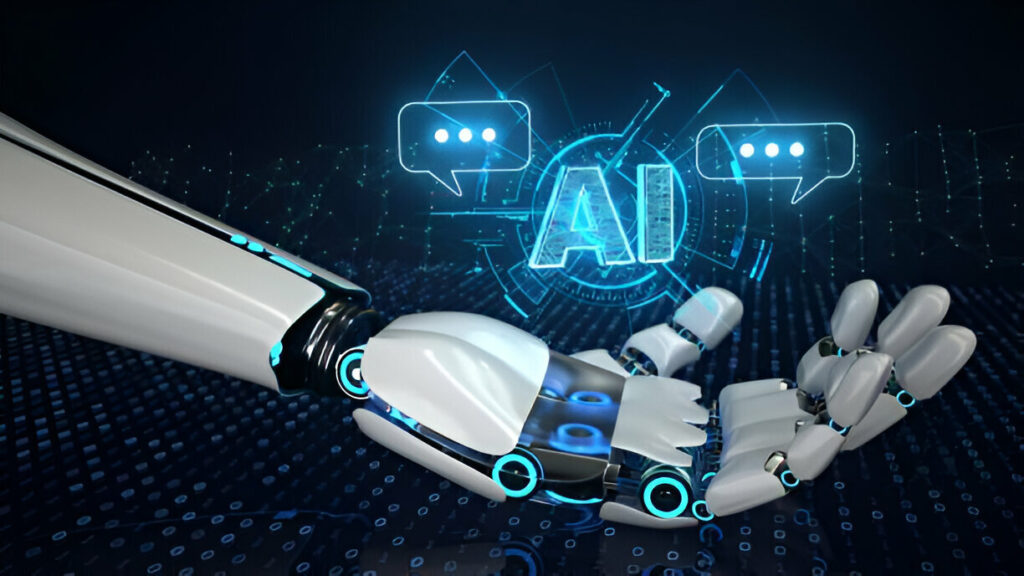As the use of artificial intelligence (AI) technologies continues to proliferate across industries, the need for effective AI tools has become increasingly critical. These tools play a vital role in identifying and mitigating the potential risks and challenges associated with the widespread adoption of AI systems.
The Challenges of Scaling AI Detection
Ensuring the scalability of AI detection tools is a complex and multifaceted challenge. As the volume and complexity of AI-powered applications grow, the ability to accurately detect and analyze potential issues, vulnerabilities, and misuse becomes exponentially more challenging.
Some of the key obstacles faced in scaling AI detection include:
- Diverse AI Architectures: The AI ecosystem is characterized by a wide array of architectures, ranging from traditional machine learning models to more advanced deep learning frameworks. Developing detection tools that can effectively handle this diversity is a significant hurdle.
- Dynamic and Evolving AI Landscapes: AI systems are constantly being updated, refined, and deployed at a rapid pace, making it challenging for detection tools to keep up with the latest developments and emerging threats.
- Computational Complexity: Analyzing and detecting issues within complex, high-dimensional AI models can be computationally intensive, requiring advanced hardware and optimization techniques to ensure scalable performance.
- Data Availability and Quality: Effective AI detection relies on access to comprehensive, diverse, and high-quality data sets to train and validate the detection models. Acquiring and maintaining such data sets at scale can be a significant challenge.
Advancements in AI Detection Tools
To address these challenges and ensure the scalability of AI detection, researchers and developers have been pioneering a range of innovative solutions and techniques. These advancements are paving the way for more robust, efficient, and adaptable AI detection tools.
- Modular and Extensible Architectures: AI detection tools are now being designed with modular and extensible architectures, allowing for the seamless integration of new detection modules, algorithms, and capabilities as the AI landscape evolves.
- Automated and Adaptive Learning: Cutting-edge AI detection tools are incorporating advanced machine learning and deep learning algorithms that can automatically adapt to new AI architectures, learning patterns, and emerging threats, reducing the need for manual updates and interventions.
- Distributed and Parallel Processing: Leveraging distributed computing and parallel processing techniques, AI detection tools can now scale to handle the computational demands of analyzing large-scale, complex AI systems, optimizing performance and throughput.
- Synthetic Data Generation: To address the challenge of data availability and quality, AI detection tools are increasingly integrating synthetic data generation capabilities, allowing for the creation of diverse and representative data sets to train and validate the detection models.
- Federated Learning and Collaborative Detection: Innovative approaches, such as federated learning and collaborative detection networks, enable the collective learning and sharing of AI detection insights across multiple organizations and stakeholders, fostering a more resilient and scalable ecosystem.
Practical Applications and Use Cases
The advancements in AI detection tools have led to a wide range of practical applications and use cases, catering to the diverse needs of various industries and stakeholders:
- Regulatory Compliance: AI detection tools can help organizations ensure compliance with evolving regulations and guidelines governing the use of AI, such as data privacy, algorithmic bias, and transparency requirements.
- Risk Mitigation: These tools can identify and mitigate potential risks associated with AI systems, including security vulnerabilities, data integrity issues, and unintended biases, reducing the likelihood of costly incidents and reputational damage.
- Model Validation and Monitoring: AI detection tools can be used to continuously validate the performance, reliability, and fairness of AI models deployed in production environments, enabling proactive monitoring and maintenance.
- Ethical AI Development: By integrating AI detection capabilities into the development lifecycle, organizations can foster a culture of responsible AI, ensuring that ethical principles and best practices are upheld throughout the AI development process.
- Cross-Industry Collaboration: The scalable nature of advanced AI detection tools encourages cross-industry collaboration, enabling the sharing of insights, best practices, and collective learning to strengthen the overall AI ecosystem.
The Future of Scalable AI Detection
As the adoption of AI technologies continues to accelerate, the need for robust and scalable AI detection tools will only grow more imperative. By leveraging the latest advancements in areas such as modular architectures, adaptive learning, and distributed processing, these tools are poised to play a crucial role in ensuring the responsible and sustainable development of AI systems that benefit society as a whole.
Read More:


